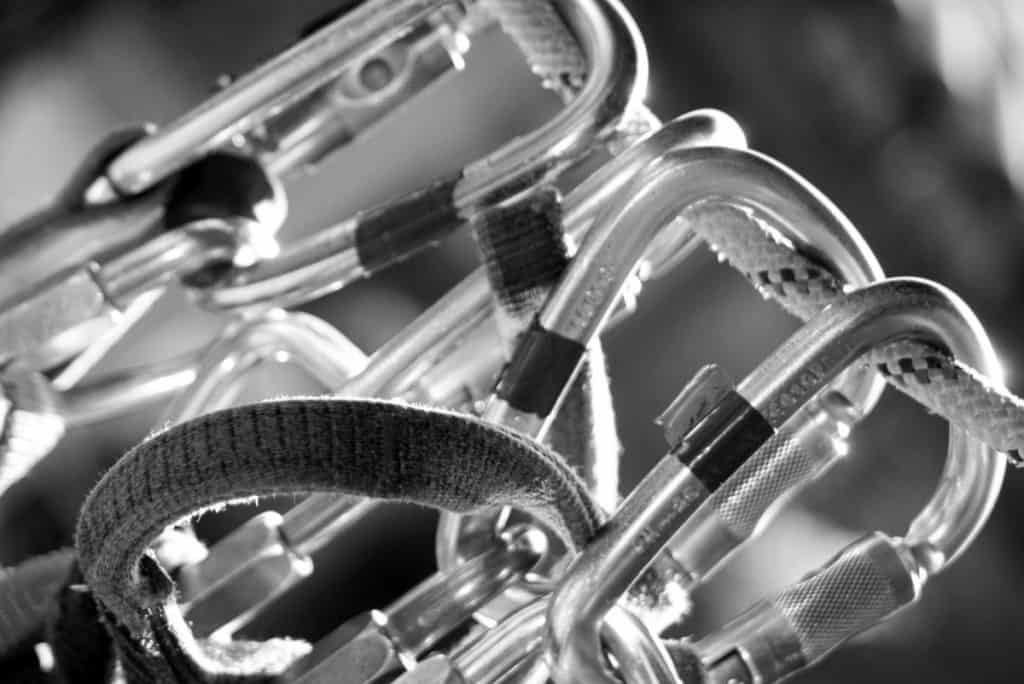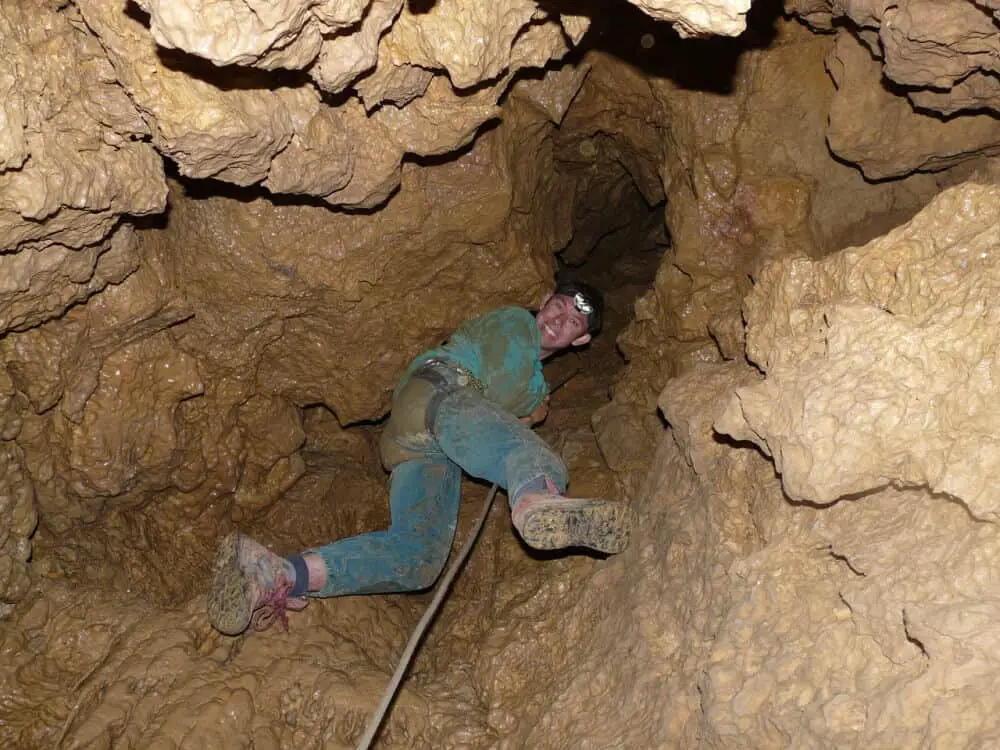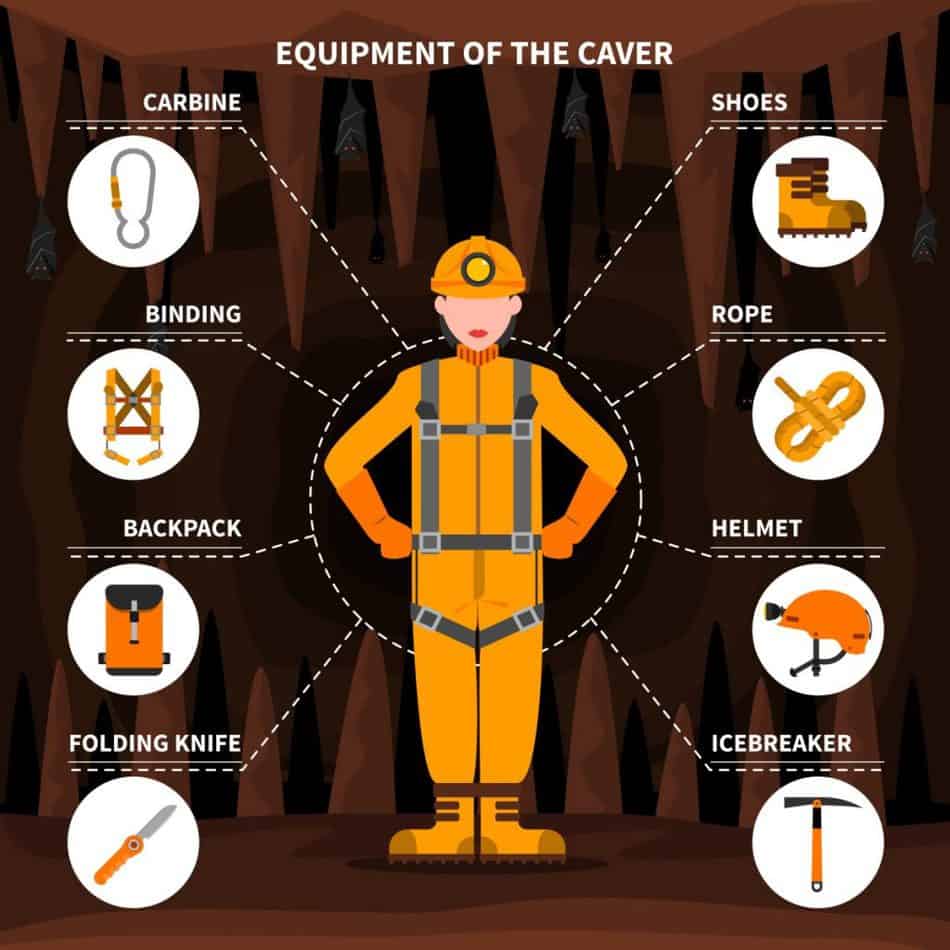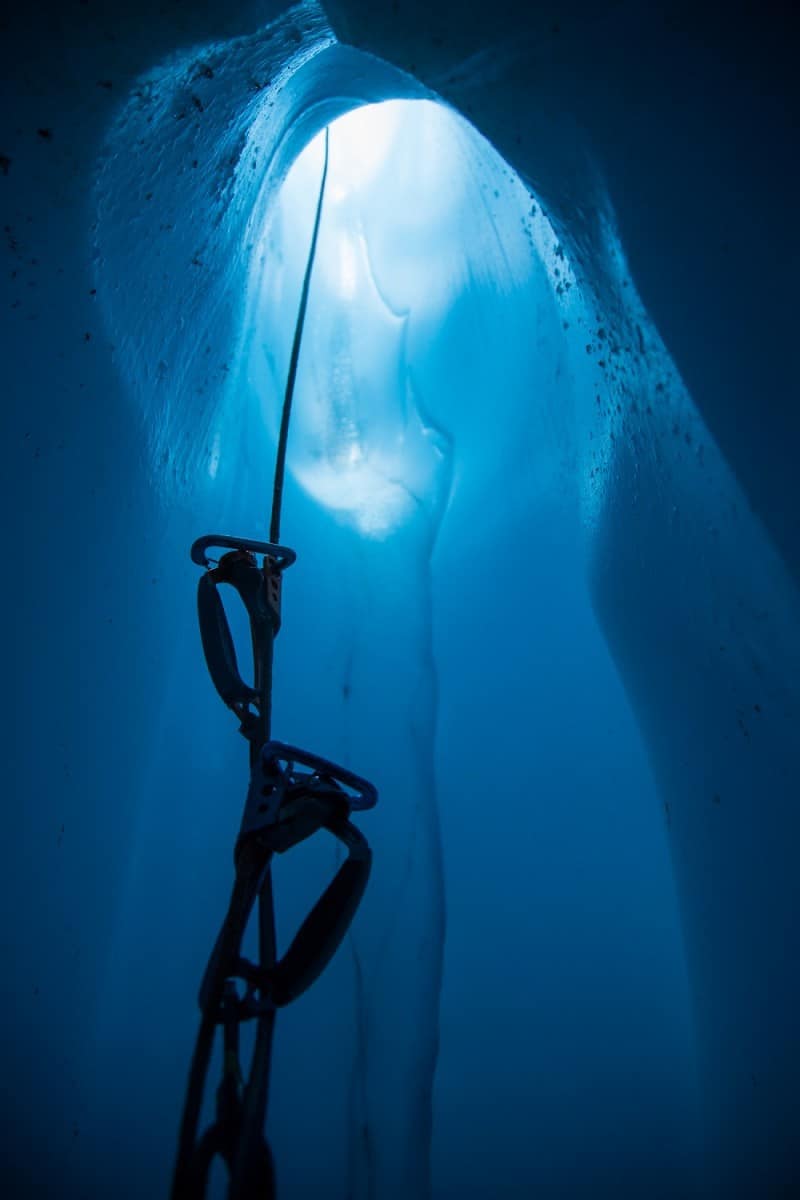Climbing rope isn’t cheap, so it’s fair to wonder if ascenders could damage it. At first, there’s no visible signs of wear and tear from ascenders, but what about after extensive use?
Standard ascenders don’t damage rope during normal use. Even though the teeth on some ascenders may look somewhat aggressive, they’re normally not sharp enough to cut into a rope. Ascenders are used on dynamic and static ropes every day, causing no damage to the rope with normal use.
“Normal use” just means that the ascender will only need to hold your body weight. If you fall and the ascender stops you, there could be some rope damage if the fall factor is higher than one.
Ascenders intended for freezing conditions will damage a rope after extensive use because the teeth that bite into the rope are much larger than those of standard ascenders. So it’s important to do a thorough check of the rope before climbing to make sure it’s still safe to use.
The teeth of an ascender are shaped strategically for them to move through the strands of a rope and hold itself in place
Abrasion causes damage to ropes, like when they slide against rocks or through carabiners. It will take a long time for a carabiner to wear down a rope, but it will happen at some point because there is a slight bit of abrasion/friction when the robe slides through the hook.
However, ascenders only bite onto the rope and cause no abrasive friction when you move them upward.
If you’re ready to get started caving, be sure to read my Beginners Guide and check out my recommended gear section.
The Most Common Causes Of Rope Damage
- Sliding the rope on rough surfaces like rocks and tree branches.
- Sunlight causes rope to perish over time. The sun reduces the elasticity in the rope and makes it stiff and easier to break.
- Dirt on your rope creates a more abrasive environment when it slides against anything else. It’s good practice to wash your ropes after use and let them dry in a cool area, not in the sun. Once they’ve dried, store them in a dust free environment to get the longest life span possible.
Does MICRO TRAXION Damage Rope?
MICRO TRAXION doesn’t damage rope under normal conditions. However, if the load is over 4kN, like in the event of a fall factor of more than 1, the MICRO TRAXION cam may damage the rope.
For these reasons, PETZL states that it’s important not to use MICRO TRAXION to belay the second. MICRO TRAXION requires you to use a rope with a diameter of 8 mm or larger. The larger the diameter of the rope, the less damage MICRO TRAXION will produce.
Can You Use Ascenders On A Dynamic Rope?
You can use ascenders with a dynamic rope. It’s more difficult compared to a static rope because of the stretch dynamic ropes. Ascenders won’t damage dynamic rope under normal conditions with a fall factor of less than one, just like static rope.

Does PETZL TIBLOC Damage Rope?
The TIBLOC damages rope when it bites into it with its sharp teeth. The TIBLOC has sharp, pointy teeth that ensure it will bite onto the rope in a case of emergency. It won’t destroy a good rope the first time it engages with it, but it causes sheath wear over time. It’s important to understand that a TIBLOC is a safety device and not to be confused with a belay.
Best Ascenders For Climbing
PETZL makes some of the best ascenders for climbing. For example, the PETZL Ascension Gold which has a comfortable grip and is easy to attach and detach with one hand. There’s an additional opening at the bottom so that you can easily attach a footloop if you want to. PETZL Gold on amazon.com.
CMI, Kong, Camp, and Grivel are a few other examples of reputable ascender manufacturers.
How To Climb A Rope With Ascenders
The easiest way to climb a rope with ascenders is to use two of them in tandem. One ascender will hold your weight while you move the other one up the rope. Repeat the process until you reach the top.
It may sound easy, but it’s definitely a skill that you’ll only master after a good amount of experience. Ascenders that have handles to grip onto make the process easier and therefore are sold in pairs like these on amazon.com.
In most cases, you’ll need to use a foot loop attached to the bottom of an ascender for you to push yourself up with your leg.

Types Of Ascenders
Hand Ascenders
These are ascenders that have handles on for you to grip onto so that you can pull yourself up the rope. These are easy to use even with one hand only.
These are examples of hand ascenders on amazon.com: Hand Ascenders
Chest Ascenders
These are ascenders that are connected to the rope and your chest so that all you have to do is move upward with the help of a secondary ascender. The chest ascender will stop you from moving downward as you. These types of ascenders are good for beginners as they are very easy to use.
Here are a few chest ascenders on amazon.com: Chest Ascenders
Foot Ascenders
Foot ascenders combine a footloop and ascender in one. The ascender is directly attached to the footloop which creates a much neater set-up because you don’t have a strap going from your foot to an ascender at the top.
Here’s how some foot ascenders look on amazon.com: Foot Ascenders
Emergency Ascenders
Emergency ascenders, like the PETZL TIBLOC, are used as a backup in the rest of your set-up. They are not to be used as primary ascending equipment. Emergency ascenders are abrasive and will cause wear and tear on the rope when they engage and bite into it.
Here’s how the PETZL TIBLOC emergency ascender looks on amazon.com: TIBLOC Ascender
In Summary
Standard ascenders don’t damage rope during normal use, however, if you overload an ascender, it will wear the sheath of the rope down. If you fall a lot, it will put extra strain on the rope and cause damage. Emergency ascenders and ones that are intended for icy conditions damage rope because their teeth are oversized for extra stopping power.
To keep your rope in a good condition for as long as possible, protect it against rubbing on rocks or anything else that’s rough. Keep the rope clean and don’t expose it to the sun when you’re not using it.
You can also use protective sleeves between the rope and rock at the top to reduce friction.

When you’re ready to get started caving, be sure to read my Beginners Guide and check out my recommended gear section.

